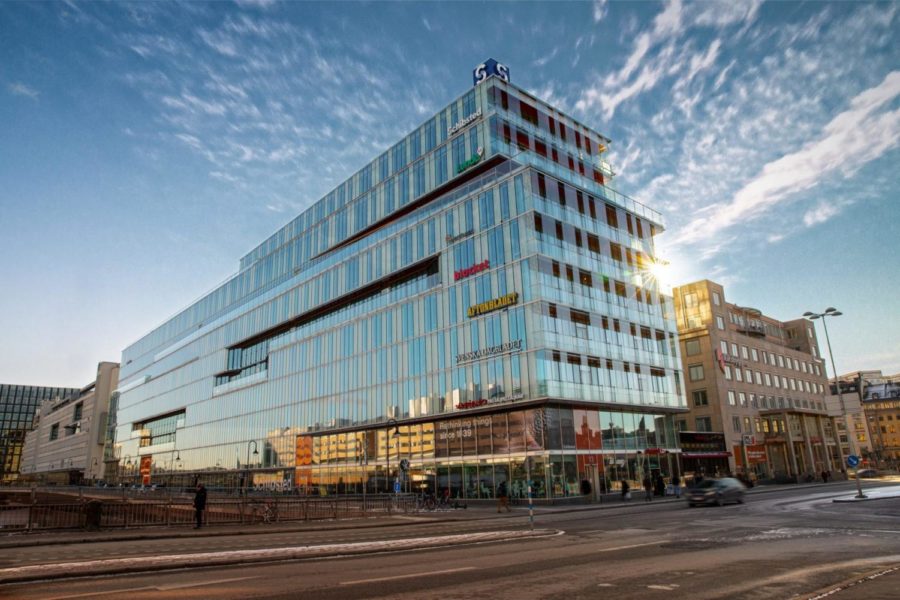Can Body Heat Be an Alternative Energy Source?
The Kungsbrohuset in Sweden uses body heat from subway stations to heat office buildings.
May 16, 2022
In recent years, scientists have been working to find alternative energy sources as nonrenewable sources like coal and natural gas are being depleted and climate change worsens. Scientists have turned to more renewable sources of energy, such as wind and solar, but even these sources have their drawbacks: wind energy can only be produced when the wind is blowing, and solar energy can only be produced during the day. Therefore, scientists have continued to search for alternative energy sources. Recently, however, the concept of using body heat as energy has gained conversation amongst professionals.
According to a study from Stanford University, when at rest, a person gives off around 100-120 Watts of heat energy. A different study by M. Gleeson observes that when exercising, a person can give over 1000 Watts of heat energy. This energy comes from the metabolism occurring in people’s bodies. When people consume food, the food is broken down into energy usable by the body, but because of the Second Law of Thermodynamics, some of that energy is lost as heat.
As a result of the release of body heat, heat will accumulate when large numbers of people congregate indoors. This heat is usually removed from buildings through air conditioning, but it can also be captured and stored and used as an energy source. For example, heat pumps can be used to extract and store heat for future use.
Some places have begun to experiment with using body heat as energy. The Kungsbrohuset in Sweden uses the body heat from commuters in the subway station beneath the office building. Subway stations experience high levels of pedestrian traffic, causing high levels of body heat to accumulate there. Using heat pumps, the body heat from the subway station is used to heat the building above, enough to account for a large fraction of the heat needed for the building. This energy-efficient heating process makes the Kungsbrohuset “the greenest building in Stockholm” (The Earthbound Report).
In addition to the Kungsbrohuset, the Mall of America in Minnesota also utilizes body heat for energy. Through the use of sunlight from skylights and body energy from the 40 million annual visitors, the mall has eliminated the need for central heating. Despite the cold temperatures in Twins Cities, the Mall of America has been able to maintain an inside temperature of 70 degrees since the mall’s opening in 1992 (Minnesota Connected). Abigail Lee (10) shares that she “was surprised that such a large building can be heated with only sunlight and body energy.”
The use of body heat for energy might not be as efficient as other sources, but it is certainly better for the environment. This method of producing energy will reduce fossil fuel use and carbon emissions, which will in turn reduce the effects of climate change. Body heat energy will likely continue to be experimented with, as it could possibly be an imperative energy source in the future.



































